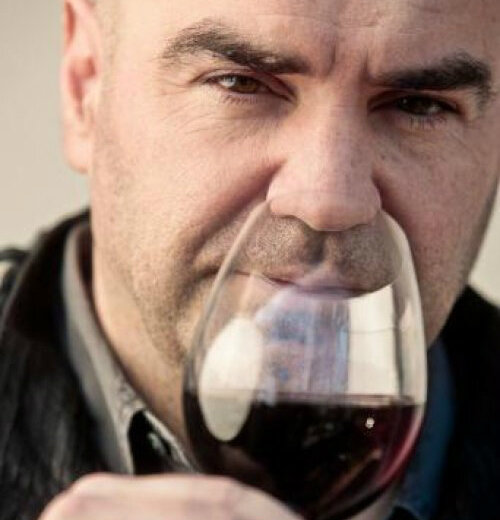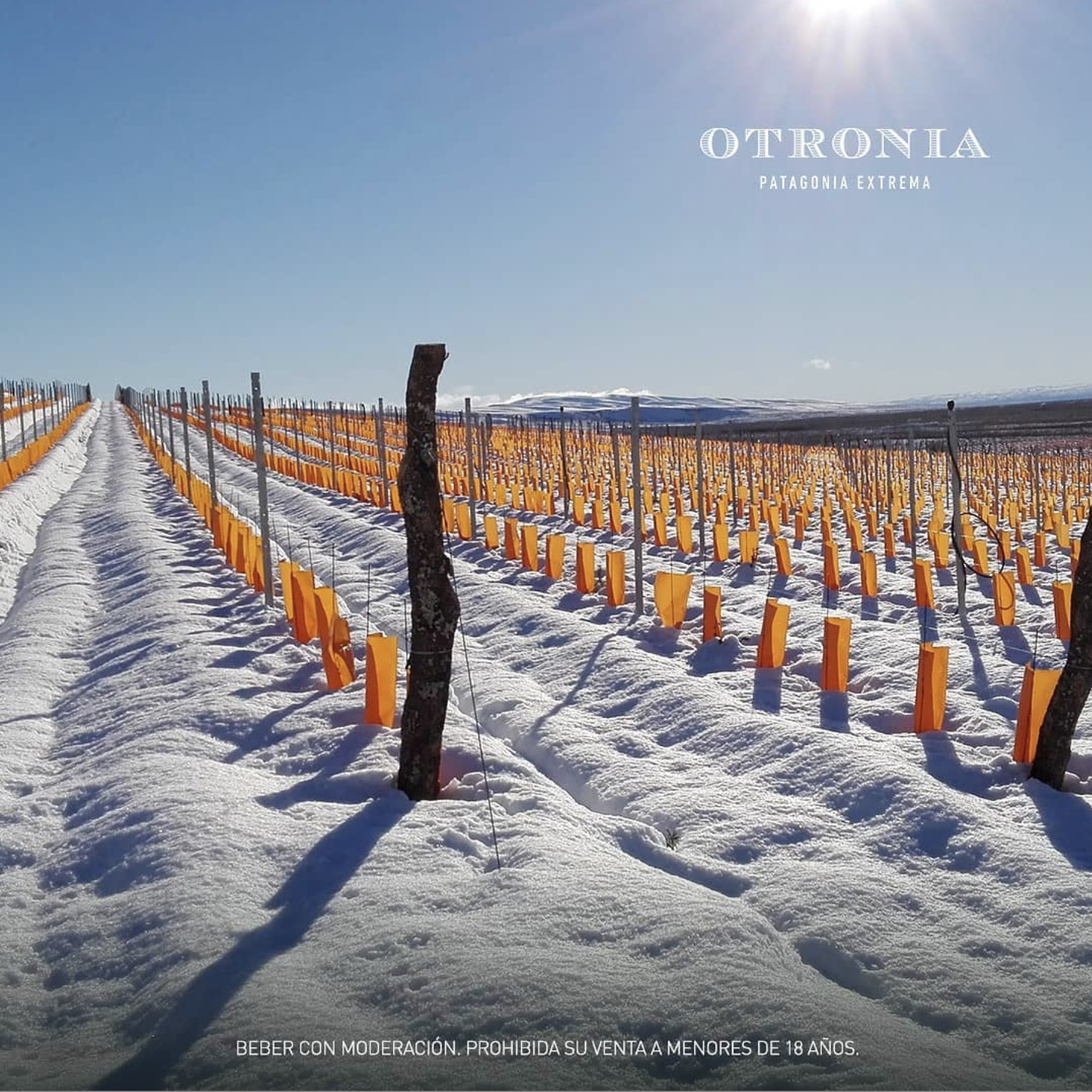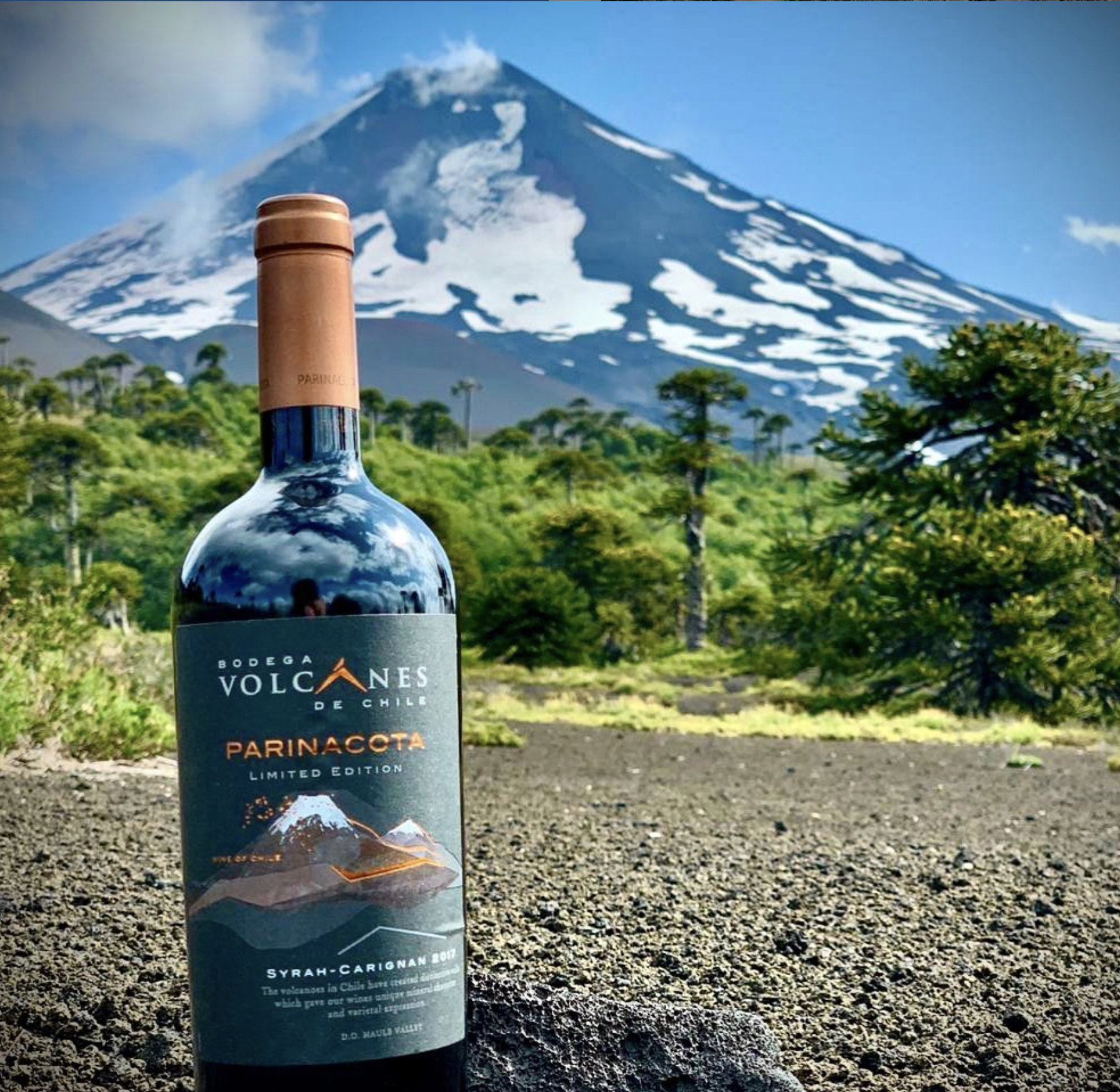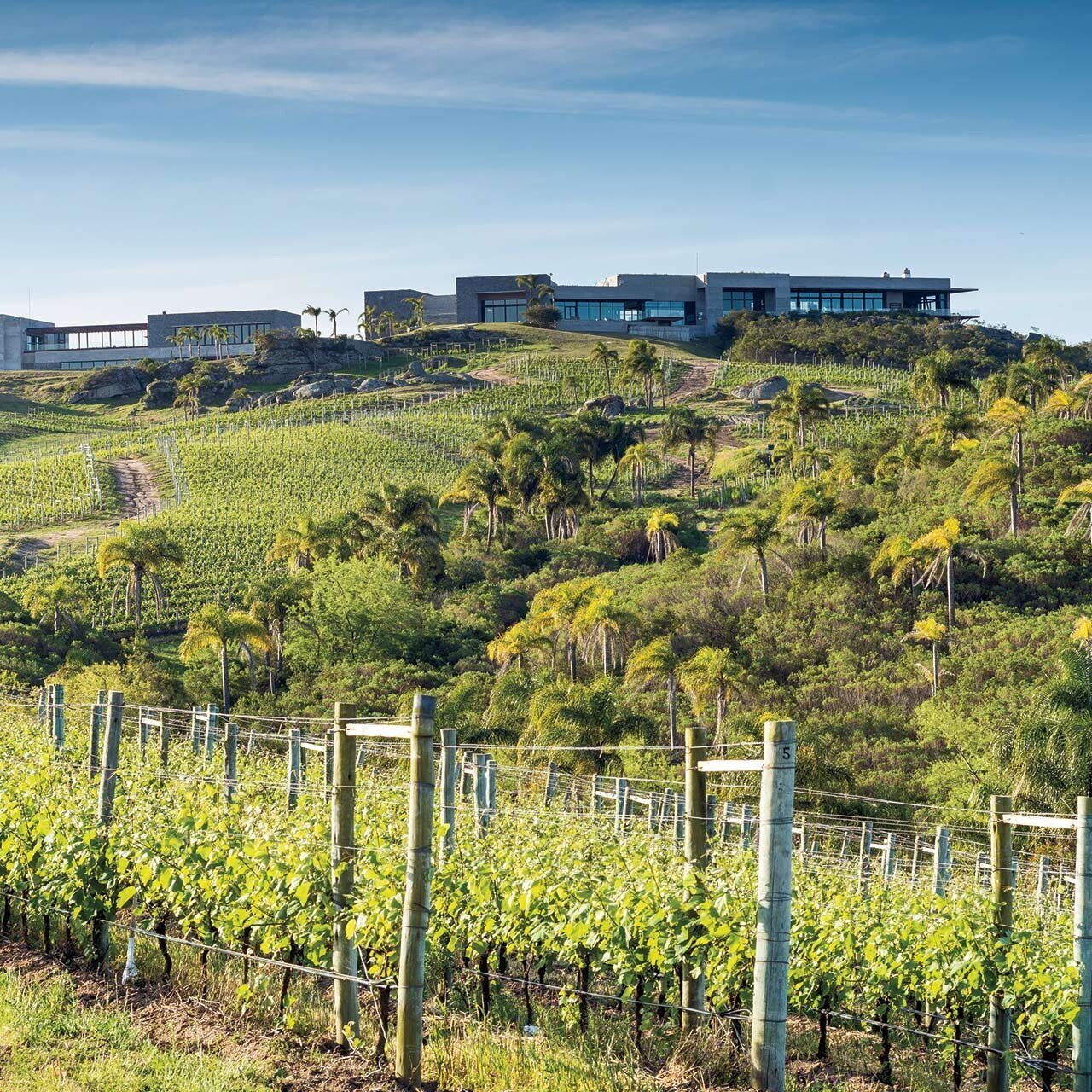▻ South America’s Most Exciting New Wine Regions
In conversation with Patricio Tapia
Episode Summary:-
John Stimpfig talks to Patricio Tapia, the world’s leading expert on South American wines. Patricio is the author of Descorchados, the annual guide to South American wines, and presenter on El Gourmet TV channel; he is the South American wine critic for Wines and Spirits magazine and has been the Regional Chair for Argentina for the Decanter World Wine Awards. He talks to John about the most exciting new wine regions in South America: Chubut in Argentina, Malleco and Osorno in Chile, and Maldonado in Uruguay.
Patricio describes each region and its history and recommends the best producers. A common thread is that the vineyards are situated further south in cooler regions, partly in response to global warming and partly due to winemakers’ spirit of adventure.
““The flavours you get from these vines is another world.””
Running Order:-
-
0.00 – 8.07
“Producers are moving south."
Patricio Tapia talks to John Stimpfig about the most exciting new wine regions in South America. First off is Chubut in Argentina, which, he explains, is a very large region 1000km south of Mendoza. It is fairly new region, as vines were only planted there two decades ago. It is very different from Mendoza, which is a desert with little vegetation and snow from the Andes mountains in winter; Chubut is an incredible landscape with high mountains, vegetation and lakes. It is 42 degrees south latitude and has attracted a lot of artisanal producers making around 5,000 cases a year. The exception is the larger winery Bodega Otronia, which is the world’s southernmost vineyard, and owned by Alejandro Bulgheroni of Bodega Garzon in Uruguay. Most of the wineries are situated around the town of Trevelin, which was settled by a colony of Welsh.
Frost is an issue the producers have to contend with, and water is used to fight frost in the Spring. The result of this cool climate? “Flavours you get from these wines are from another world,” Patrico enthuses. Chardonnay, Pinot Noir, and Sauvignon Blanc are all grown in Chubut, and Patricio recommends Casa Yague’s Sauvignon Blanc as a star wine. The original pioneer in the region was Bodega Weinert (who are no longer producing wine from Chubut). It was at a tasting at Weinert that Patricio first tasted a wine from Chubut in 2001 and thought, “there is something there.” -
15.40 – 23.10
“Sol de Sol 2002 was the best white of the year at Descorchados and was a sign of the potential of the area.”
Malleco, across the Andes in BioBio, Chile, is Patricio’s next region, located 540km south of Santiago. In the early ‘90s Felipe de Solminihac of Vina Aquitania, the winery he founded with Bruno Prats, Ghislain de Montgolfier and the late Paul Pontallier, moved to Malleco where his father-in-law had a large farm. He pioneered this cool region, with its clay granite soils. “There is a small but energetic community growing in Malleco,” Patrico says, attracting the likes of Errazuriz’s winemaker, Francisco Baettig, who has his own project, Vinos Baettig. “The quality and character, the flavours from Malleco, are more intense, vertical and electric,” Patrico explains.
Patricio discusses a project where the Mapuche community (Chile’s indigenous people) worked with Chilean producer Vina San Pedro to produce Tayu, a Pinot Noir. “The results are out of the world.” Fermenting wine was not in their culture and there were some issues when they saw leaving grapes as wasteful. (John recalls a similar problem in Pomerol when Christian Moueix was castigated from the pulpit by the local priest for green harvesting.) -
23.11 – 30.39
“You can have overnight frosts in the summer.”
Orsono, 350km south of Malleco in Patagonia, is on the same latitude as New Zealand’s North Island. Until recently there has been no wine made there and the area was known for cattle. Miguel Torres has been buying grapes and making Sauvignon Blanc. The cold climate is influenced by the latitude, Patricio explains, and the wines reach 11.5% alcohol in a good year. Ribera de Pellin is a producer Patricio particularly likes, with their sparkling wine one of his favourites. It is a complicated area to work in, as one of the issues is that people don’t know about vines, only cows. There is on average 1500mm rain a year (Bordeaux is 800mm). Producers recommended include Coteaux de Trumao who make “a Pinot Noir that is super wild, you need to drink it with an open mind,” and Trapi, which is sold at Majestic. -
30.40 – 43.04
“The potential of Albarino in Maldonado is fantastic.”
Maldonado in Uruguay is Patricio’s final recommended region. The traditional area is Canelones outside Montevideo where you find old Tannat vines (70-80 years old). They produce austere, profound wines with a big structure. In the Maldonado region, the style changes completely. Patricio is particularly excited about Albarino grown there: “The character of the Albarino, with this strong Atlantic influence and also these granite soils, which are quite similar to Rias Baixas in Galicia, in general makes them somehow partners in this Albarino world.” The Tannat in Maldonado he describes as “gentler, more approachable, with a softer texture and the same beautiful acidity.” Definitely a new style of Tannat. Recommended producers include Bouza, Garzon and Bodega Oceanica. “You try these three wines, you would think wow!, you will feel you are in Rias Baixas.”
It is a great region to visit too, including Punta del Este nearby, with its high-end resorts and restaurants. “The restaurants by the sea out of this world,” Patricio enthuses. He and John agree that these are four great regions to discover once the world opens up again.
RELATED POSTS
Keep up with our adventures in wine
Producers Mentioned:-
ARGENTINA / Chubut
Bodega Otronia
Nant Y Fall
Casa Yague
Contra Corriente
Bahia Bustamante Matias Michelini
CHILE / Malleco
Clos des Fous
De Martino
William Fevre
Bodega Volcanos
Vina Acquitania
CHILE / Osorno
Casa Silva
Torres
Ribera de Pellin
Coteaux de Trumao
Trapi
URUGUAY / Maldonado
Bodega Garzon
Bodega Oceanica
Vina Eden
Cerro del Toro
Deicas
Bouza
Jose Ignacios
Bodega Brisas











John Stimpfig talks to Axel Heinz, who caused shockwaves last year when he left Ornellaia and Masseto to head back to Bordeaux to run Château Lascombes.